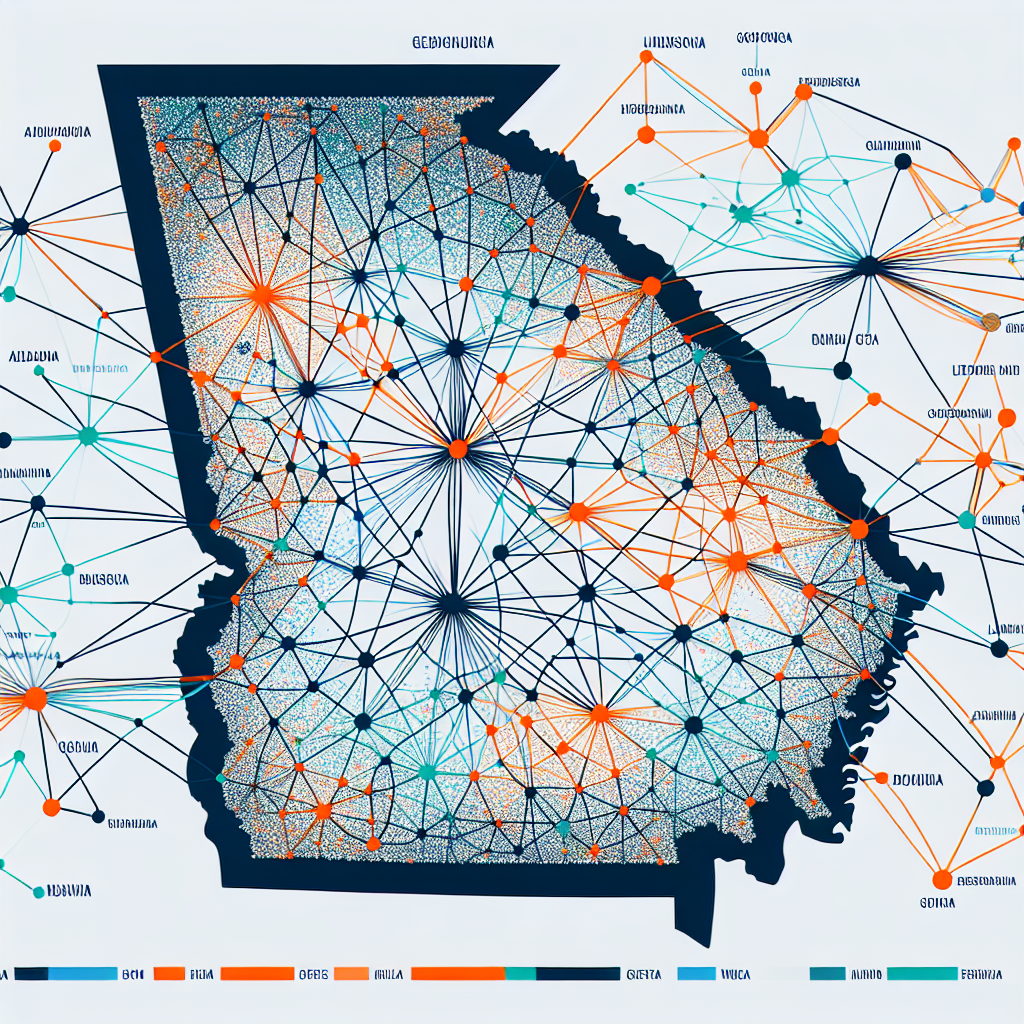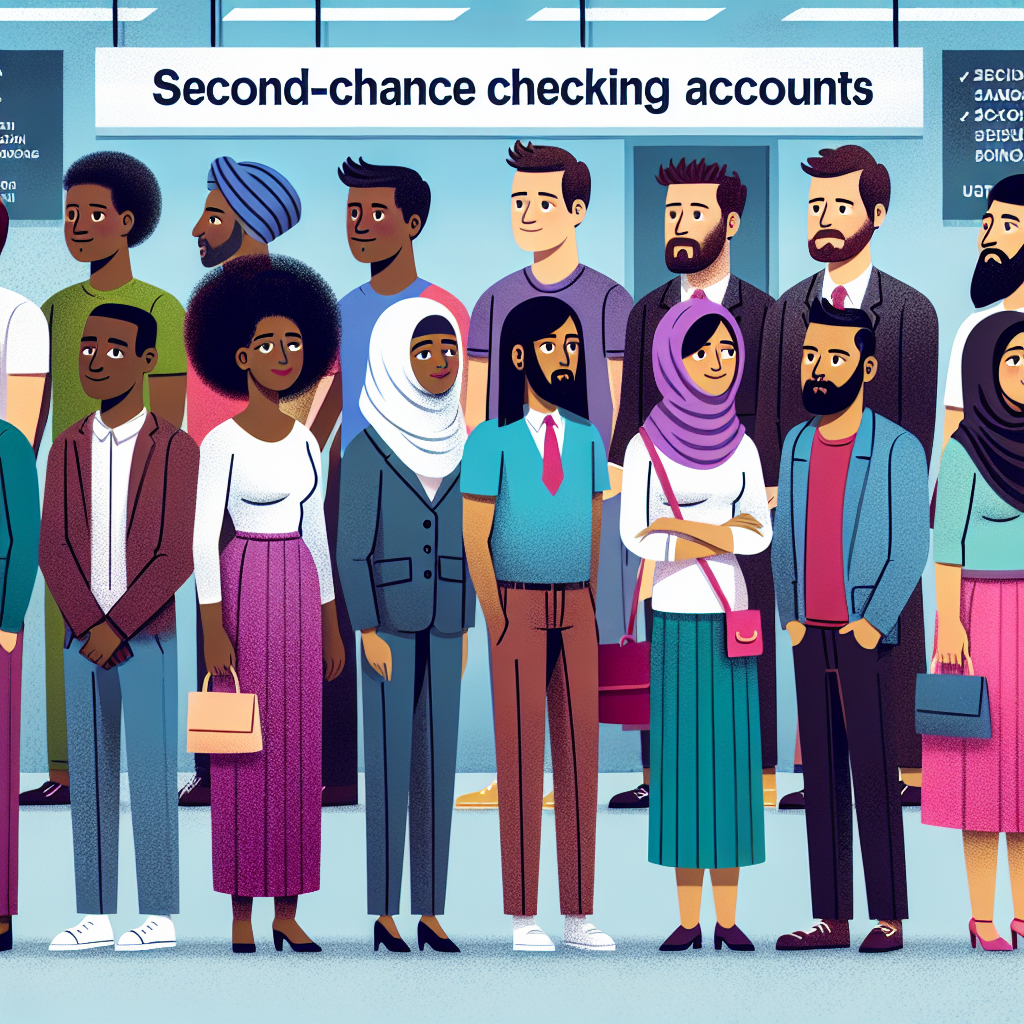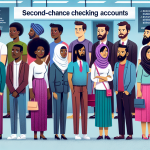In the past few years, money has been changing a lot. One of the biggest changes is the rise of Central Bank Digital Currencies, or CBDCs. These are digital versions of a country’s money, created and controlled by central banks. Unlike regular money that we can hold in our hands, CBDCs exist only online. They are designed to make payments faster and safer, and they could help people who don’t have access to banks.
As CBDCs become more popular, they may also change how people see cryptocurrencies, like Bitcoin or Ethereum. Cryptocurrencies are digital money that is not controlled by any government or bank. Many people like them because they offer more freedom and privacy. However, with CBDCs, the government could keep a closer eye on money and transactions. This might make some people worry that their privacy is at risk.
CBDCs could also compete with cryptocurrencies. If people find CBDCs easier to use, they may choose to use them instead of cryptocurrencies. This could lead to a decrease in the use and value of cryptocurrencies. On the other hand, CBDCs might help people understand digital money better, which could be good for the entire market.
In conclusion, the rise of CBDCs is changing the money world. They could offer benefits like faster payments and better access to banking. However, they may also challenge the freedom and privacy that cryptocurrencies provide. It will be interesting to see how both types of digital money will live together in the future.
The RISE of CBDC’S: Explained
Glossary:
1. Central Bank Digital Currencies (CBDCs): Digital money created by a country’s central bank.
2. Central Bank: The institution that manages a country’s money and monetary policy.
3. Cryptocurrency: Digital money not controlled by any government or bank.
4. Transaction: A process of buying or selling something.
5. Digital Money: Money that exists only in electronic form.
The Rise of Central Bank Digital Currencies (CBDCs)
In recent years, many countries have started to explore the idea of Central Bank Digital Currencies (CBDCs). These digital currencies are created and issued by a country’s central bank, just like traditional money. As the world becomes more digital, the rise of CBDCs might have a large impact on the way we use money today, especially regarding cryptocurrencies.
What are CBDCs?
CBDCs are digital forms of a country’s official currency, controlled by the central bank. They are meant to work alongside physical cash, providing a more modern way for people and businesses to make transactions.
Key Features of CBDCs
- State-backed: Unlike cryptocurrencies, which are usually decentralized, CBDCs are fully backed by the government.
- Legal Tender: CBDCs are recognized by law as a valid payment method, just like physical cash.
- Security: Central banks have the authority and resources to make CBDCs secure from fraud and hacking.
- Efficiency: Transactions can be faster and more cost-effective compared to traditional banking methods.
Why are Countries Considering CBDCs?
- Combatting Cryptocurrencies: Governments are concerned about the rise of cryptocurrencies like Bitcoin and Ethereum, which operate outside traditional financial systems.
- Enhancing Payment Systems: CBDCs can offer a more efficient and seamless payment experience.
- Financial Inclusion: CBDCs can help unbanked populations access financial services more easily.
- Controlling Monetary Policy: With CBDCs, central banks can monitor and influence the economy more effectively.
“Many central banks are exploring the potential of digital currencies to enhance their monetary systems and provide additional payment options.”
Impact on Cryptocurrencies
The introduction of CBDCs could greatly affect the cryptocurrency market. Here are some possible impacts:
- Increased Regulation: CBDCs may lead to stricter regulations on cryptocurrencies, as governments try to maintain control over the financial system.
- Competition: CBDCs could compete directly with cryptocurrencies for users, offering a government-backed alternative that might be more appealing to the average person.
- Market Stabilization: If CBDCs are widely adopted, they could stabilize the financial climate and reduce the volatility often seen in cryptocurrency prices.
Potential Solutions and Strategies
As the world adjusts to the rise of CBDCs, several strategies can be considered to balance their benefits while still promoting an innovative cryptocurrency market.
1. Clear Regulatory Frameworks
Governments should create clear regulations that allow both CBDCs and cryptocurrencies to coexist. This can help maintain a competitive market while ensuring consumer protection.
2. Encouraging Innovation
By supporting blockchain technology and cryptocurrency development, regulators can foster an environment that encourages innovation in the financial sector.
3. Public Awareness Campaigns
Educating the public about both CBDCs and cryptocurrencies will help users make informed decisions and understand their options.
“We see digital currencies as a significant development for the future of payments and finance, but we must also navigate this new landscape carefully.”
Challenges Ahead
Despite the potential benefits of CBDCs, there are challenges that need to be addressed:
- Privacy Concerns: Many people worry that CBDCs could allow governments to monitor their transactions too closely.
- Cybersecurity Risks: Digital currencies might be susceptible to hacking, which raises questions about safety.
- Implementation Costs: Developing and implementing a CBDC infrastructure can be expensive for governments.
Conclusion
The rise of Central Bank Digital Currencies is a significant development in the financial world. They offer potential benefits, such as improved efficiency and financial inclusion. However, they also pose challenges, particularly concerning cryptocurrencies. As these digital currencies continue to evolve, it will be crucial for governments and regulators to create a balanced landscape that benefits everyone involved.
What are Central Bank Digital Currencies (CBDCs)?
CBDCs are digital forms of a country’s national currency issued and regulated by its central bank. They aim to provide a secure, digital alternative to cash and traditional bank deposits, enhancing the efficiency of the financial system.
How do CBDCs differ from cryptocurrencies?
CBDCs are centralized and regulated by government authorities, while cryptocurrencies are typically decentralized and operate on blockchain technology. This means CBDCs have a direct link to the national treasury and monetary policy, whereas cryptocurrencies function independently of any central authority.
What impact will CBDCs have on the cryptocurrency market?
The introduction of CBDCs could lead to increased competition for cryptocurrencies. They might offer security and stability that some cryptocurrencies lack, potentially attracting users who prefer a government-backed digital currency. However, this could also create regulatory challenges for cryptocurrencies.
Will CBDCs replace cryptocurrencies?
It is unlikely that CBDCs will completely replace cryptocurrencies. Many users are drawn to cryptocurrencies for their decentralized nature and potential for innovation. CBDCs may coexist alongside cryptocurrencies, appealing to different user needs and preferences.
What are the potential benefits of CBDCs?
CBDCs can provide numerous advantages, such as faster transaction times, reduced costs for cross-border payments, enhanced financial inclusion, and improved monetary policy implementation. They may also help combat financial crimes and increase the transparency of transactions.
Are there any risks associated with CBDCs?
Yes, potential risks include cybersecurity threats, privacy concerns, and the impact on traditional banking systems. Central banks will need to carefully manage these risks to ensure the safe and effective implementation of CBDCs.
How will CBDCs affect consumer privacy?
The impact on privacy will vary depending on the design of the CBDC. Some models may offer increased transparency for regulatory purposes, potentially leading to less consumer anonymity. Striking a balance between oversight and privacy will be critical to maintaining public trust.
When can we expect to see more CBDCs being implemented?
Many countries are currently researching and piloting CBDCs, with several already in the testing phases. Wider implementation may take several years as central banks evaluate the outcomes of these pilots and address regulatory and technological challenges.
How do CBDCs affect monetary policy?
CBDCs can provide central banks with new tools for implementing monetary policy. They may allow for better control of money supply, facilitate negative interest rates, and provide real-time data on economic transactions, improving decision-making capabilities.
Will CBDCs lead to a cashless society?
While CBDCs may encourage a decline in cash usage, it is unlikely that they will completely eliminate cash. Many people still rely on cash for everyday transactions, and governments may choose to maintain cash availability to support those who prefer it.








